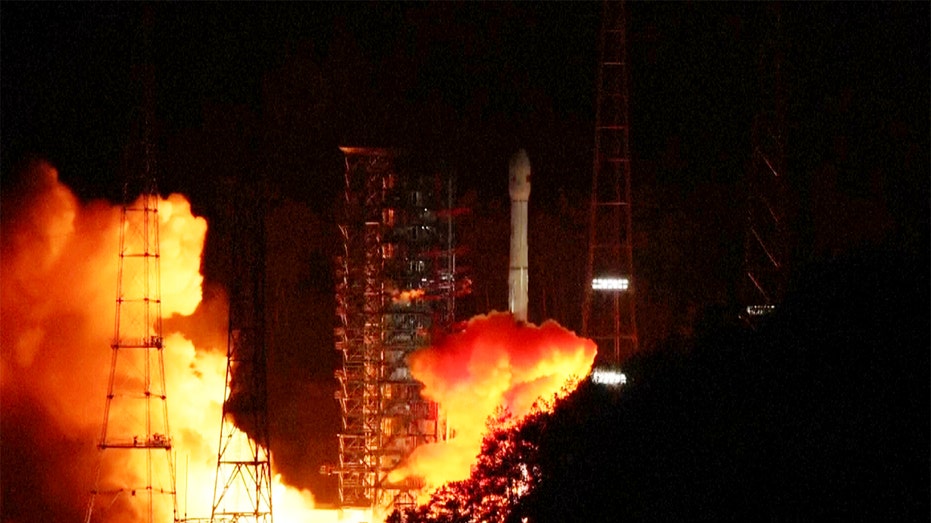China Launches Tianwen-2 Spacecraft to Collect Asteroid Samples Near Mars in Landmark Space Exploration Mission
China's Tianwen-2 aims to sample asteroid 2016 HO3, paving the way for future missions to Mars and Jupiter.

In a bold move furthering its ambitions in space exploration, China has launched the Tianwen-2 space probe, setting its sights on an asteroid near Mars in a bid to collect valuable samples and unlock new insights into the formation of our solar system. The probe was propelled into space early Thursday from Xichang Satellite Launch Center in Sichuan Province, riding atop the reliable Long March 3-B rocket. This latest mission signals China’s expanding commitment to space science and exploration.
The Tianwen-2 mission is notably distinct from its predecessor, Tianwen-1, which successfully landed on Mars last year. Instead, this newest probe is targeting asteroid 2016 HO3—also known as 469219 Kamoʻoalewa—for a sample return mission. Scientists hope that materials collected from this small, stable-orbiting asteroid will yield crucial data regarding the origins of Earth, including the mysteries surrounding the presence of water on our planet. If successful, the return of samples is anticipated in about two years, marking a significant milestone for China’s burgeoning space program.
This mission marks only the beginning of a sweeping ten-year plan to establish China as a major force in space exploration. According to top Chinese space officials, preparations are already underway for a series of ambitious follow-up flights. Zhang Rongqiao, chief designer of the Tianwen-1 mission, has outlined proposals for Tianwen-3—a Mars sample-return mission slated for 2028—and Tianwen-4, which aims to explore Jupiter and its environs. Such missions underscore China's determination to stake a claim in space research alongside other global powers.
China’s progress comes amid evolving competition in space exploration. The country currently operates the Tiangong space station, a three-person orbital facility nicknamed the “Heavenly Palace.” The construction of this permanent space station, achieved after China was excluded from participation in the International Space Station due to U.S. national security concerns, cements China’s independent capabilities in low-Earth orbit and provides a platform for ongoing research and international cooperation—though with notable exceptions.
Despite the China National Space Administration’s willingness to distribute some materials to international partners, NASA is unable to receive any samples or directly collaborate on these missions due to the Wolf Amendment, a 2011 U.S. law restricting partnerships with Chinese space authorities. This policy limitation highlights the broader geopolitical complexities surrounding the next era of space discovery.
As Tianwen-2 heads toward its interplanetary destination, expectations run high in the global scientific community. Should the mission succeed, it could mark a new chapter in humanity's understanding of the solar system and shape the trajectory of future international space cooperation.




